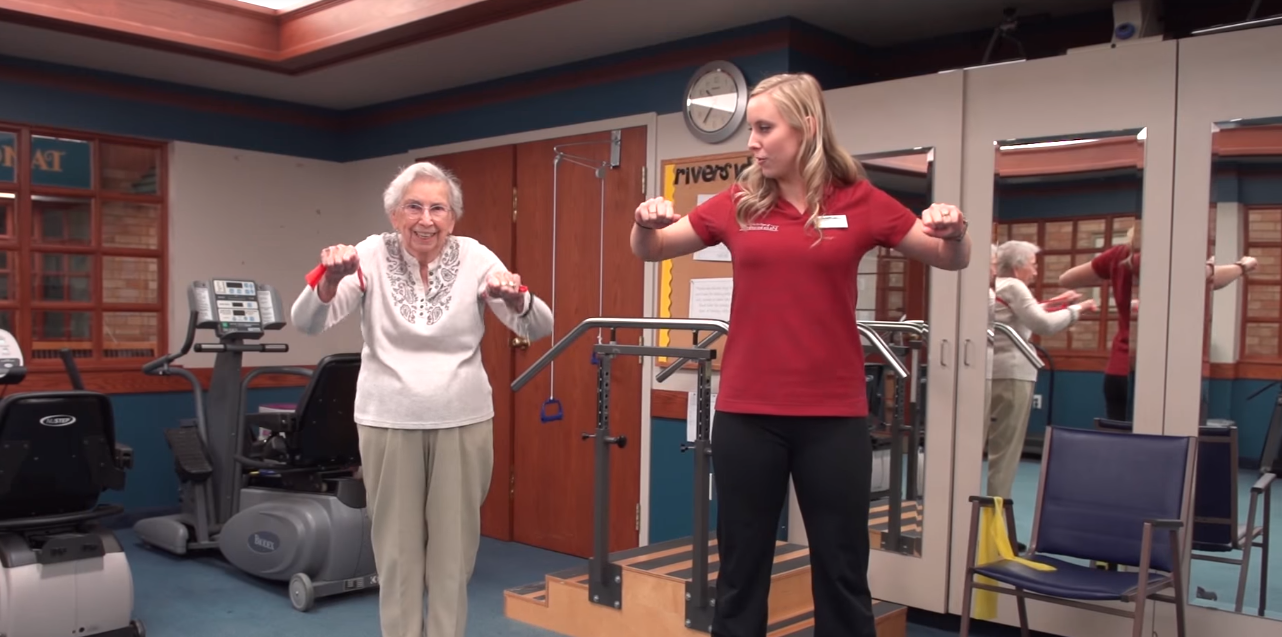Olsen CF, Bergland A. The effect of exercise and education on fear of falling in elderly women with osteoporosis and a history of vertebral fracture: results of a randomized controlled trial. Osteoporos Int. 2014;25(8):2017-2025. doi:10.1007/s00198-014-2724-3
Giangregorio LM, Gibbs JC, Templeton JA, et al. Build better bones with exercise (B3E pilot trial): results of a feasibility study of a multicenter randomized controlled trial of 12 months of home exercise in older women with vertebral fracture. Osteoporos Int. August 2018. doi:10.1007/s00198-018-4652-0
Gold, D.T., Shipp, K.M., Pieper, C.F., Duncan, P.W., Martinez, S., Lyles, K.W. (2004). Group treatment improves trunk strength and psychological status in older women with vertebral fractures: results of a randomized, clinical trial. J Am Geriatr Soc, 52 (9), 1471-8.
Hongo, M., Itoi, E., Sinaki, M., Miyakoshi, N., Shimada, Y., Maekawa, S., et al. (2007). Effect of low- intensity back exercise on quality of life and back extensor strength in patients with osteoporosis: a randomized controlled trial. Osteoporos Int, 18(10), 1389-1395.
Malmros, B., Mortensen, L., Jensen, M. B., & Charles, P. (1998). Positive effects of physiotherapy on chronic pain and performance in osteoporosis. Osteoporos Int, 8(3), 215-221.
Evstigneeva L, Lesnyak O, Bultink IEM, et al. Effect of twelve-month physical exercise program on patients with osteoporotic vertebral fractures: a randomized, controlled trial. Osteoporos Int. 2016;27(8):2515-2524. doi:10.1007/s00198-016-3560-4
Papaioannou, A., Adachi, J.D., Winegard, K., Ferko, N., Parkinson, W., Cook, R.J., Webber, C., McCartney, N. (2003). Efficacy of home-based exercise for improving quality of life among elderly women with symptomatic osteoporosis-related vertebral fractures. Osteoporos Int, 14(8):677-82.
Webber, C.E., Papaioannou, A., Winegard, K.J., Adachi, J.D., Parkinson, W., Ferko, N.C., Cook, R.J., McCartney, N. (2003). A 6-mo home-based exercise program may slow vertebral height loss. J Clin Densitom, 6(4): 391-400.
